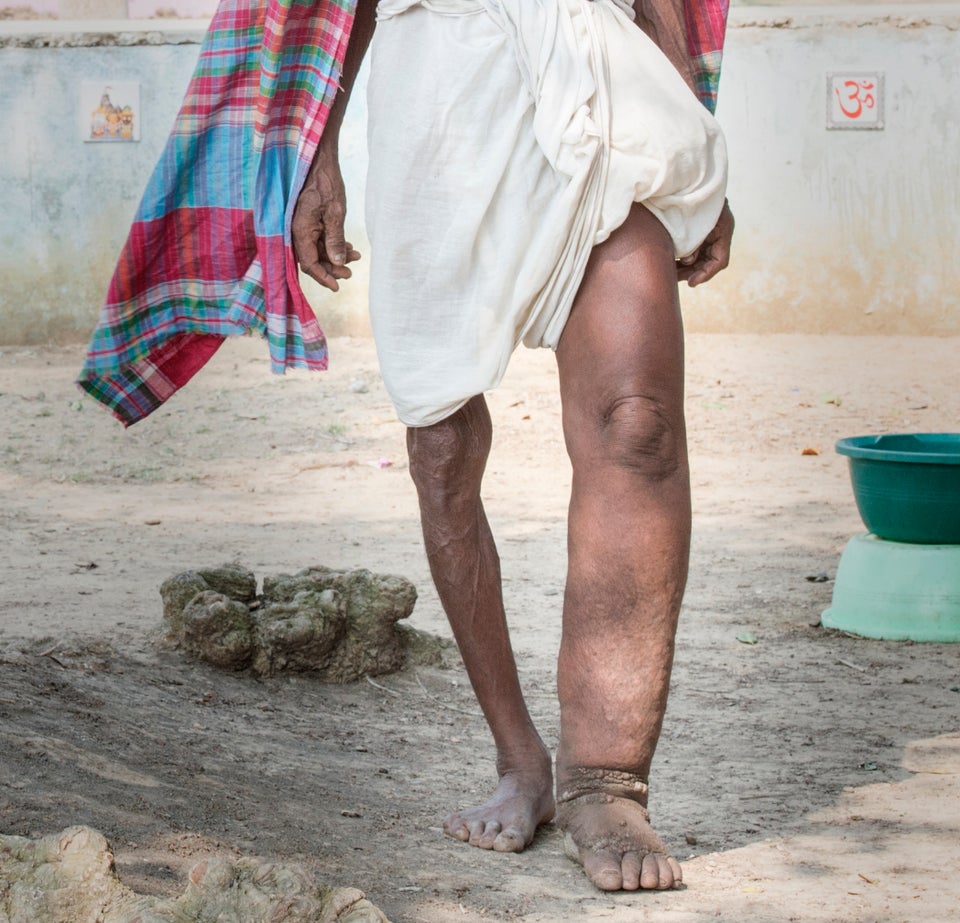ODEK, Uganda ― It begins with a simple repeated head nod, as if the child feels the slow beat of music no one else can hear.
Then the slow spasms worsen into violent fits, epilepsy-like seizures often triggered by the smell of food.
In the remote north of Uganda, thousands of young children have contracted and scores have died from one of the strangest conditions that has baffled scientists and doctors worldwide for decades ― nodding syndrome.
Without professional attention, children with nodding syndrome may die in their teens. Good care can save a victim’s life, yet such help is often out of reach for many in this impoverished area ― and it may soon vanish altogether. Government aid is limited, and the center that has provided most of the support for the incurable condition is struggling to raise funds.
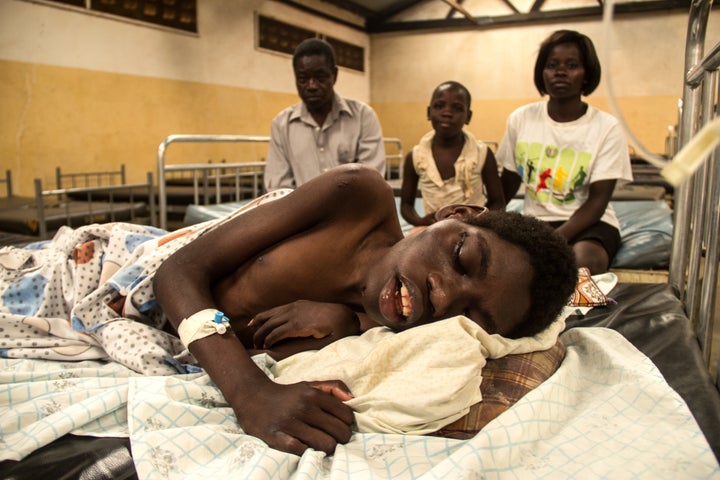
For children who rely on this care, the future is uncertain.
About 3,300 children in northern Uganda are affected by nodding syndrome, while around 5,200 suffer from a form of epilepsy which resembles it. How many have died from the mysterious disorder remains unknown. Since cases are often geographically concentrated, it has devastated whole villages.
Uganda is the hardest hit, but the syndrome has also been reported in Tanzania to the south, where scientists first recorded the condition in the 1960s, and in neighboring South Sudan, where a brutal civil war means the extent there is unknown.
“Despite numerous and extensive investigations in all three countries, very little is known about the cause,” the World Health Organization confirmed.
Nodding syndrome has a horrific impact, impairing development both physically and cognitively.
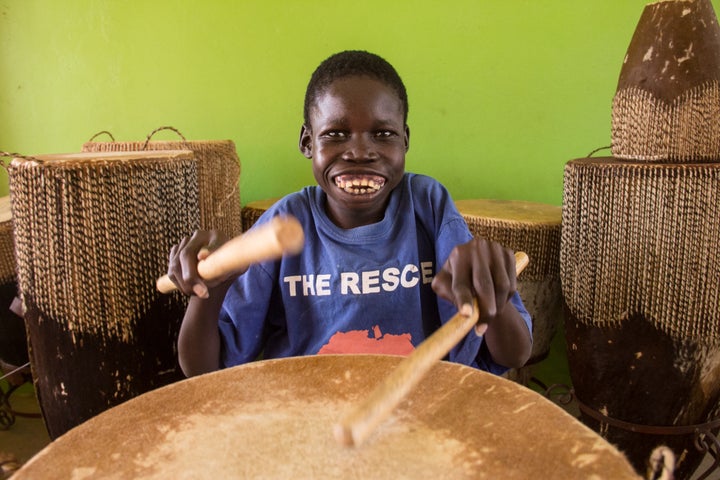
Yet Opiyo Ballam, a smiling 19-year-old man who stands waist-high to the nurses who look after him, has not let the condition defeat him.
Despite a painfully twisted spine ― a common sign of a syndrome which results in stunted growth as well as cognitive and neurological deterioration ― he beats out a thumping roll on a wooden drum as part of music therapy.
Ballam can’t talk, but he understands conversation and communicates with signs and laughing eyes.
“Music makes him come alive,” said nurse Okot Robert, who works at a residential center caring for 29 children in the village of Odek. “We’ve shown here nodding is not fatal, and that with therapy children flourish.”
The collection of bungalows offering a clinic, school rooms and dormitories at Odek is the only residential center for nodding syndrome.
Texas-based neurologist Suzanne Gazda and her largely self-funded Hope for Humans charity have provided the money for the clinic since 2012. But the funds are drying up and supporters are trying new avenues to raise the cash needed to ensure the nurses keep providing support.
“We are worried,” said Robert. “The children will face hard times without us to help.”
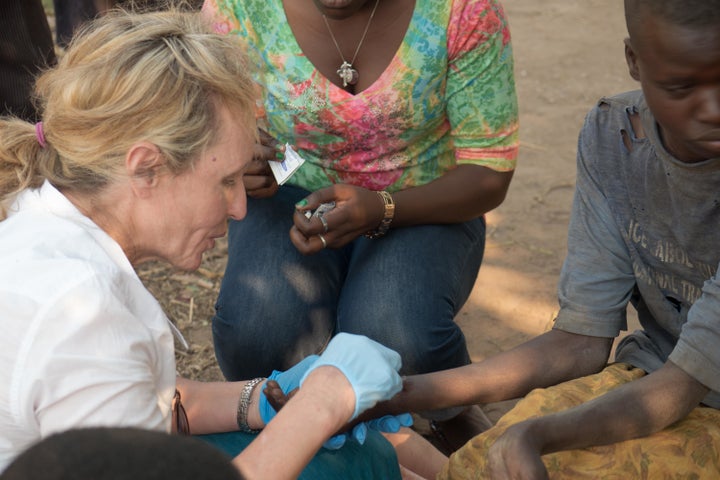
Most suffering from nodding syndrome contract it as children around the age of five. There is a spectrum of symptoms, and many endure complications on top of the syndrome itself.
Much of the damage comes from cognitive issues caused by repeated head banging on hard ground, brought on by seizures. Many of those afflicted with the syndrome are malnourished, in part because they come from poor families, in part because they find it hard to feed themselves. In turn, this creates the conditions for other illnesses.
At the Odek center, Nil Kidega pushes a wooden support that helps him walk. The 18-year-old stumbles, but then strides with a rolling swagger across a dusty playground. From the side, his friend Aromoach Jennifer watches his progress with a smile.

Both love to dance. “Jennifer doesn’t speak,” said Robert. “She only laughs. But then, she has friends who don’t speak, and they laugh together when they play.”
“We look after the most severe cases here,” Robert added, describing how some now at the center could have died just months before, their parents unable to provide the help they need.
“Some of those were at death’s door before we brought them here, but with the right care, they can live as long as anyone.”
Robert drives out daily on his motorbike along thin and dusty tracks through sun-blasted grasslands, delivering critical anti-seizure drugs and basic health care to over 87 children scattered far across the surrounding farmland.
Without the pills, children suffer violent seizures sometimes multiple times a day.
Uganda’s government provides drugs for free, but accessing them is hard for families who are often far from the clinic.
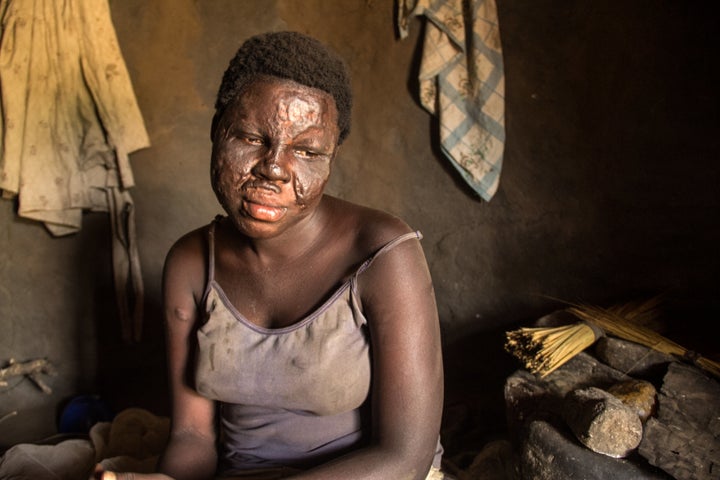
Seizures can be triggered by sudden changes in temperature, and several children have drowned fetching water from rivers and streams. Food sets off others, and several children have been burned after they collapsed shaking into the open cooking fire.
Abalo Vicky, 21, was scarred on much of her body, including her face, when she suffered a fit sparked by the smell of food as pots readied for dinner.
Nodding syndrome is not yet classified as a disease. Since its exact cause is not known, it’s referred to as a syndrome, meaning a collection of symptoms.
Scientific consensus is slowly settling on a connection to parasitic worms spread by black flies that cause the debilitating disease onchocerciasis, also known as river blindness. Doctors suggest nodding syndrome could be an auto-immune disease triggered by the body’s reaction to the parasite.
River blindness was once a widespread problem in tropical areas, but a massive effort aimed at eliminating the disease has significantly reduced the rate of infection.
Dr. Geoffrey Akena, the nodding syndrome coordinating officer for Kitgum, one of the hardest hit areas in northern Uganda, said government workers had used chemical sprays to kill flies.
That, he believes, has also helped reduce the reported new cases of nodding syndrome, though he admits the exact link between the two diseases hasn’t been found. And if there is a link, Akena can’t explain why the river blindness parasite, which for centuries has affected people in more than two dozen African nations, may have caused the recent outbreak of nodding syndrome.
This article is part of HuffPost’s Project Zero campaign, a yearlong series on neglected tropical diseases and efforts to fight them. The series is supported, in part, by funding from the Bill & Melinda Gates Foundation. All content is editorially independent, with no influence or input from the foundation.

